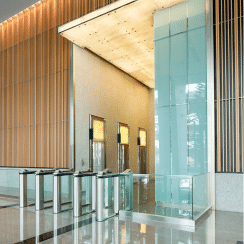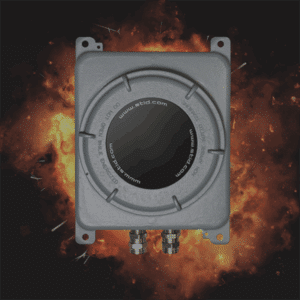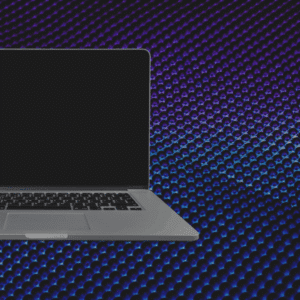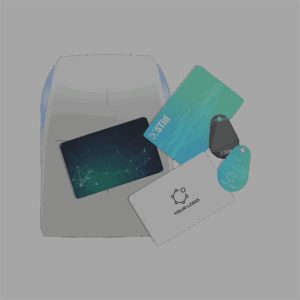What is MFA
What Is MFA and Why You Should Already Be Using It
oday, nearly everything we do is digital: managing accounts, accessing work documents, sending emails, shopping online… and every time, there’s one entry point: the password.
But let’s be honest — a password is no longer enough.
That’s where MFA, or Multi-Factor Authentication, comes in. It may sound technical, but the idea is simple: ask for more than just a password to make sure the person logging in is really who they say they are.
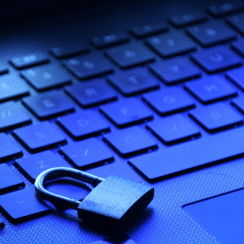
Why Passwords Are No Longer Enough
We still rely on passwords because they’re easy, fast, and familiar.
But they’re also:
- Easy to forget (who hasn’t clicked “forgot password?” this week?),
- Often reused across multiple sites,
- Guessable or hackable in seconds if they’re too simple,
- Bought or stolen in data breaches.
In short, a password is like hiding your key under the doormat — if someone finds it, they’re in.
And once a hacker gets the right credentials, they can access sensitive information — sometimes without you even noticing.
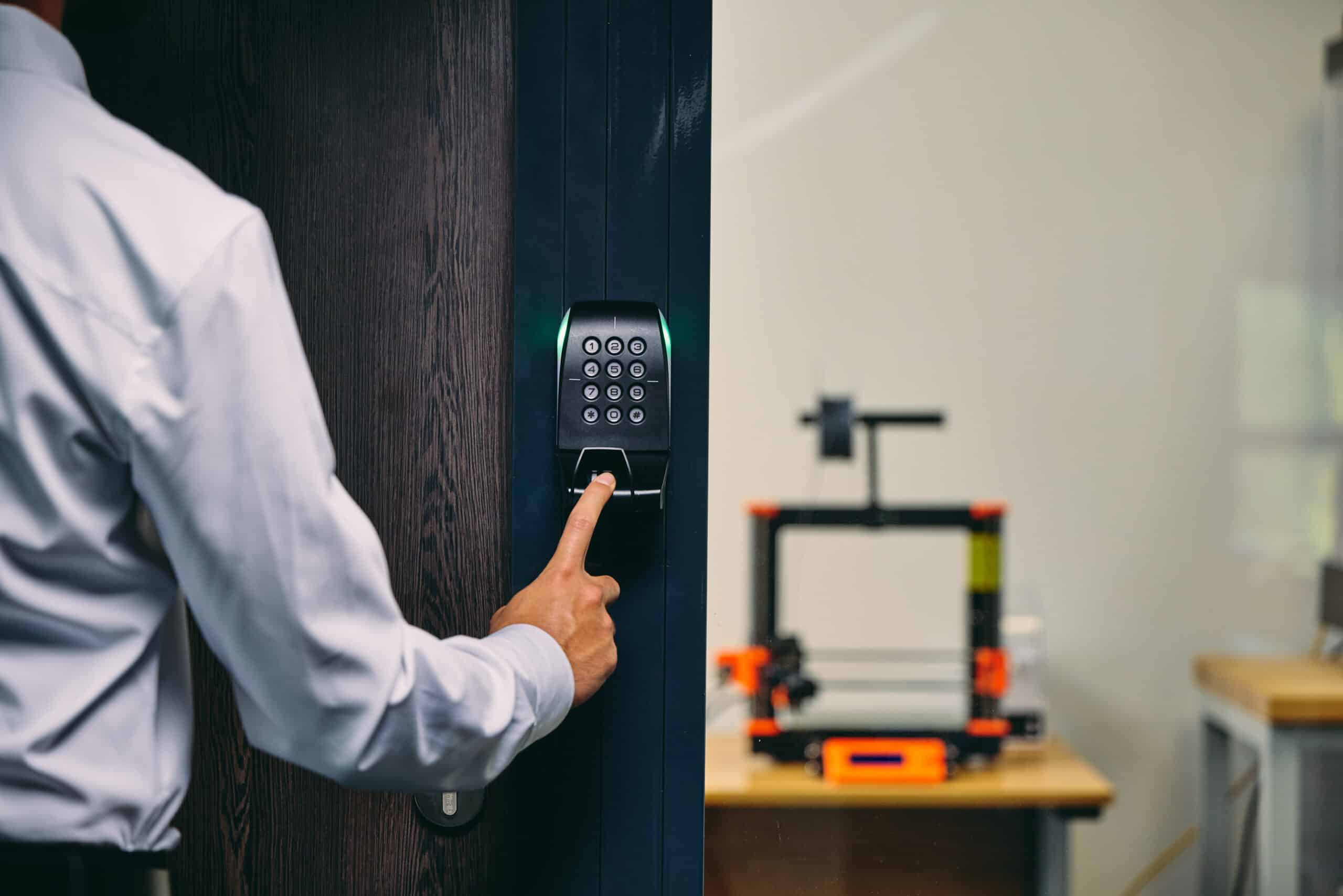
So What Exactly Is MFA?
MFA (Multi-Factor Authentication) means combining at least two different types of proof to verify your identity:
- Something you know: a password, a code
- Something you have: a smartphone, a badge, a card
- Something you are: a fingerprint, facial recognition, your voice
For example:
- You enter your password and confirm with a code sent by SMS or through an app
- You swipe a badge to enter a building and scan your fingerprint
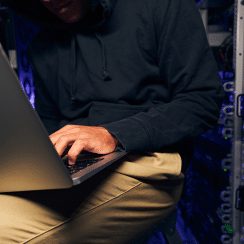
Why It’s Essential Today
Cyber threats are on the rise —
We’re talking data breaches, identity theft, fraud, ransomware.
Hackers are better equipped than ever. MFA is a simple but powerful defense.
It helps:
- Block login attempts even if a password is stolen
- Strengthen remote access security (remote work, VPNs, cloud apps…)
- Limit human errors, like sharing a password unintentionally
- Comply with increasingly strict security regulations in organizations
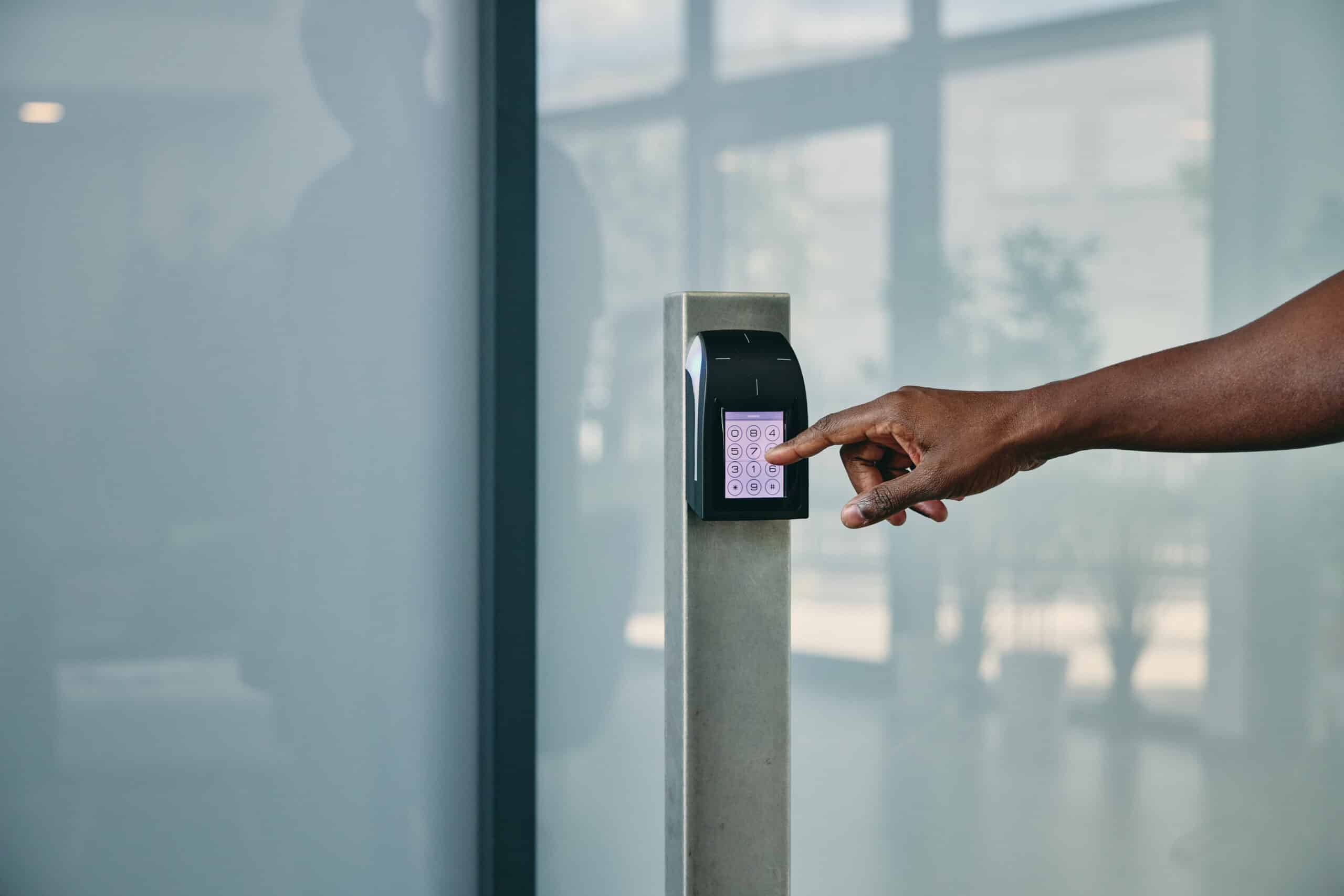
A Key Part of Everyday Security
MFA isn’t just for online use — it fits seamlessly into a global security strategy, combining:
- Physical security: controlling access to buildings, rooms, or secure areas
- Logical security: protecting access to networks, systems, and software
For example:
- You swipe your badge at the office entrance, then confirm with your fingerprint
- You log in to your workstation with a password, then approve the login on your phone
- A contractor accesses a restricted area at a specific time using a temporary code
These solutions provide users with a smooth, secure experience, without sacrificing usability.
In Summary
A password on its own is outdated — too fragile, too risky, too easy to forget.
MFA is a simple, effective, and accessible way to protect yourself, whether personally or at the organizational level.
It blends into daily life without disrupting habits — while multiplying the barriers for intruders.
Adopting MFA is like installing an alarm and a strong lock on your door:
it doesn’t make your day harder, but it makes it much safer.
Related Articles
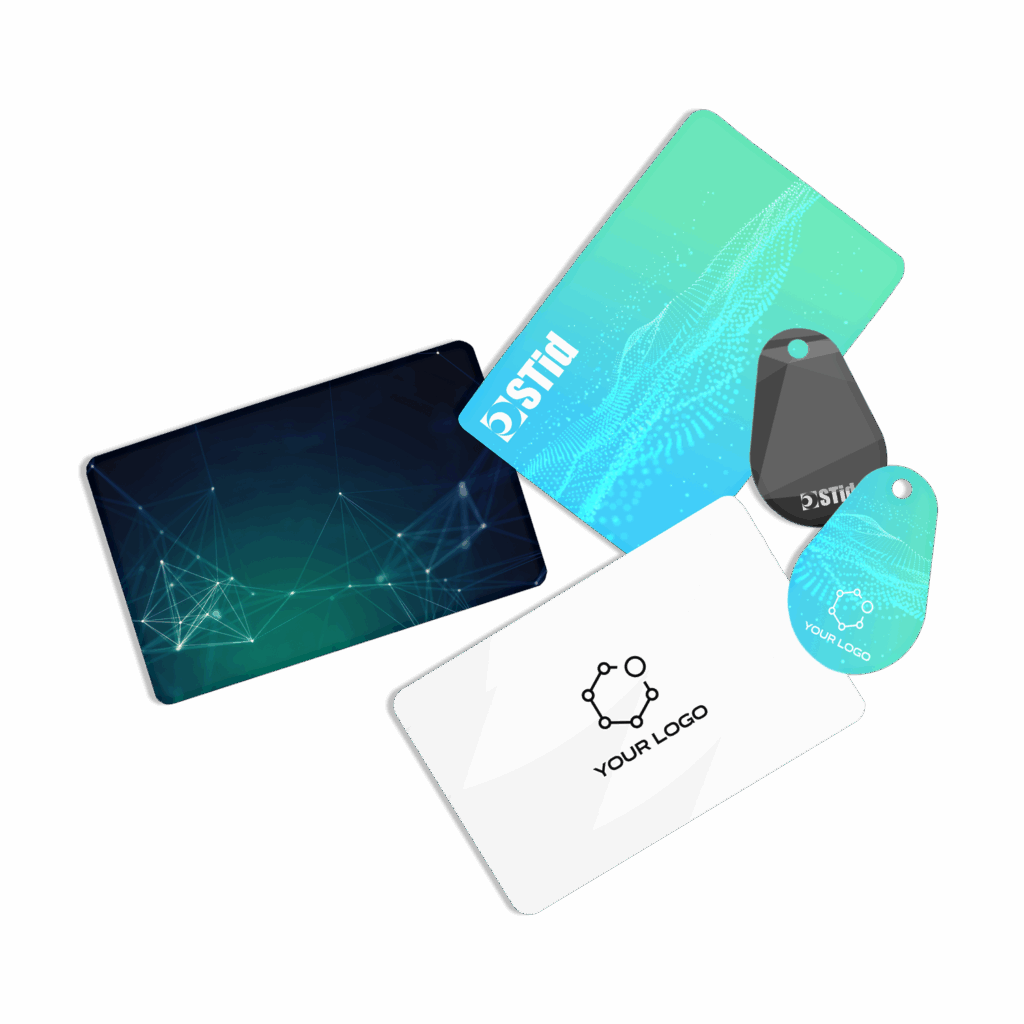
1 min to understand: 125kHz – 13.56 MHz – UHF
